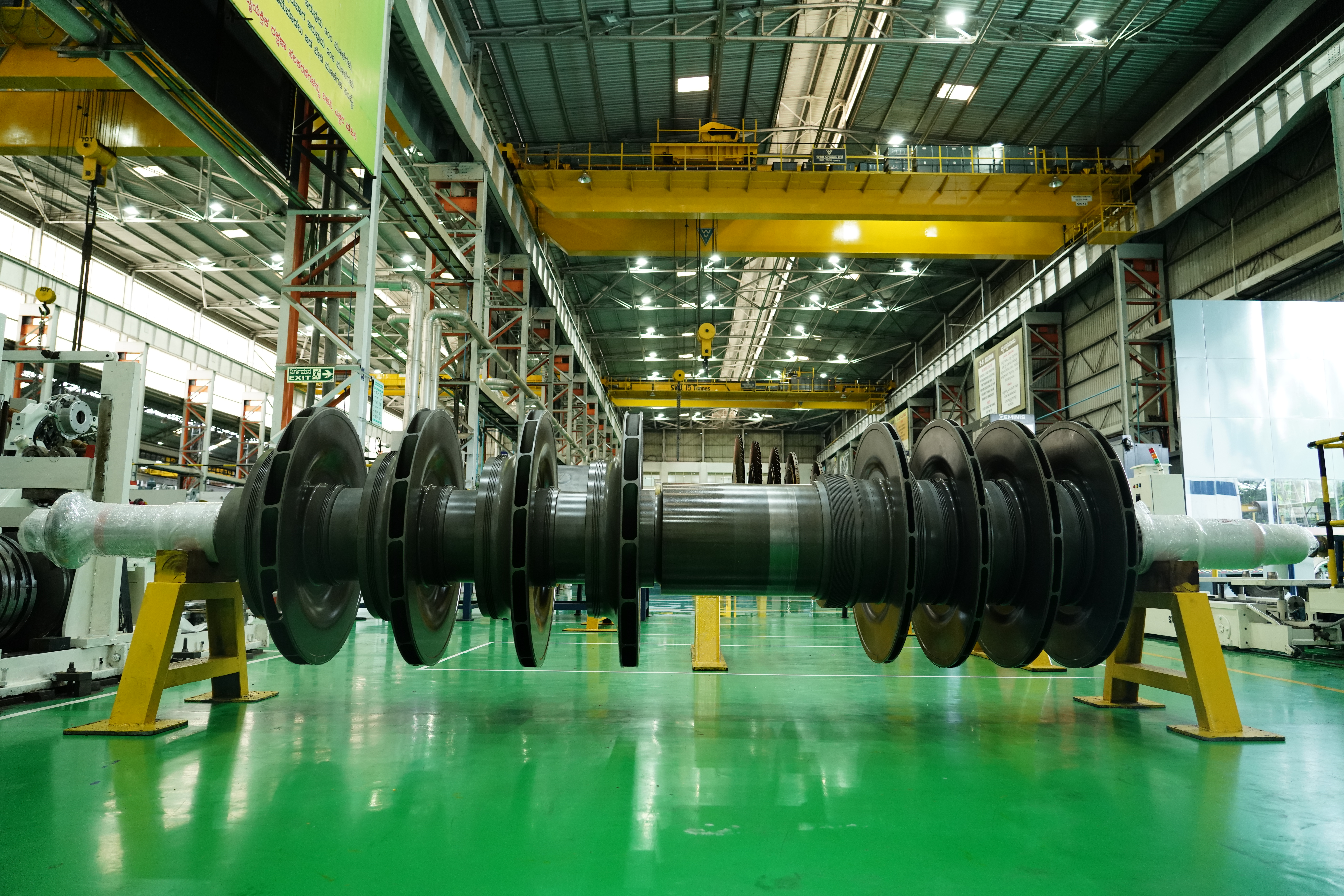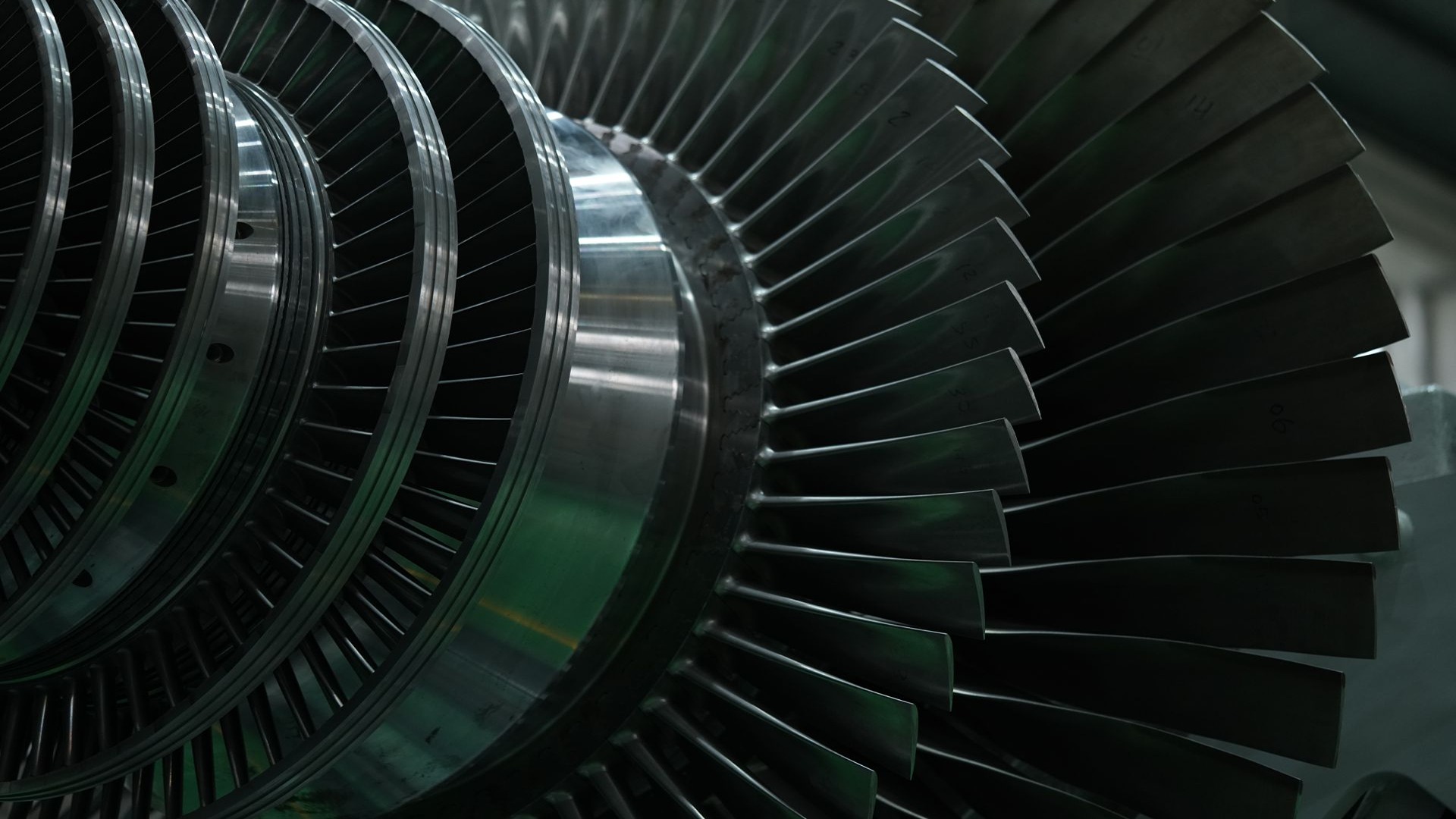
How Do Steam Turbines Generate Electricity?
Steam turbines play a vital role in modern power generation, providing efficient and sustainable solutions across industries. High-efficiency steam turbines play a crucial role in power generation, from industrial captive power plants to utility power plants, enabling cost-effective power production while optimizing energy efficiency and minimizing environmental impact.
Steam turbines convert thermal energy into mechanical energy, which is then transformed into electricity. This efficient process is made possible by innovative technology and precision-engineered components such as blades, rotors, and generators.
In this blog, let’s explore how steam turbines operate, learn about their key components, and discover their role in sustainable power generation.
How Do Steam Turbines Work?
The process behind how steam turbines generate electricity begins with steam production. Water is heated in a boiler to create high-pressure steam, which is then directed onto the blades. These blades are designed to capture the energy of the steam and set the rotor in motion.
The rotor, connected to an electric generator, converts this mechanical motion into electricity. Triveni Turbines’ high-efficiency steam turbines ensure this process is optimized, offering cost-effective power generation solutions while reducing energy wastage.
Key Components of Steam Turbines
Every component plays a vital role in enabling steam turbines to generate electricity and optimize energy, making them essential across various industries.
- Blades. The turbine blades are engineered to harness energy from high pressure steam and transform it into motion. As steam flows through the blades, they rotate, converting the steam energy into mechanical energy. The precision of the blade design is crucial for maximizing efficiency, ensuring maximum energy is extracted from steam while minimizing losses.
- Rotor: The rotor is linked to the blades and transmits mechanical energy from their motion into rotational movement. As the blades spin, they drive the rotor, which in turn rotates the shaft. This rotational energy powers the electric generator, effectively converting thermal energy into usable mechanical energy.
- Electric Generator: The steam turbine’s electric generator takes the rotational motion from the rotor and converts it into electrical energy. As the rotor turns the generator’s shaft, it induces a current in the coils within the generator. This process, known as electromagnetic induction, is how mechanical energy is transformed into electricity, completing the power generation process.
The steam turbine’s electric generator converts the rotor’s rotational motion into electrical energy. As the rotor spins the generator’s shaft, it generates a current in the coils through a process called electromagnetic induction. This process transforms mechanical energy into electricity, completing the power generation cycle.
Real-world Applications
Steam turbines play a crucial role in a variety of applications, such as Industrial Captive Power Plants, Oil & Gas facilities, and geothermal power plants. Triveni Turbines offer tailored steam turbine solutions that cater to the specific needs of each industry.
Whether improving steam turbine performance or aiding in energy transitions, our cutting-edge technology guarantees cost-effective power generation solution while maintaining a strong focus on sustainability.
If you’re exploring ways to enhance power generation or seeking solutions that align with energy transition initiatives, Triveni Turbines is ready to assist you.
